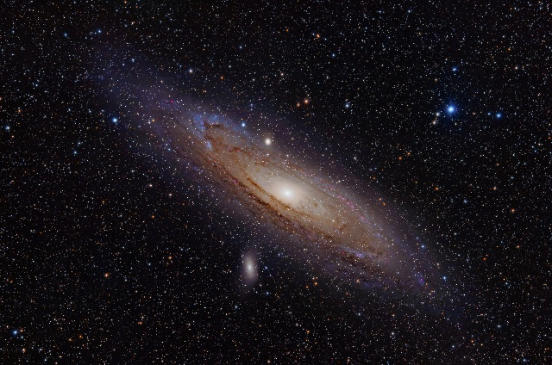No no no no no Cycle, it is you that doesn't understand the concept
and you are not keeping up with the latest experiments in Europe.
They are now taking entangled Electron's and firing Lasers at them to alter spin state and charge state and finding that green laser light is being absorbed by one Electron and emitted by the other which has been separated from it's counterpart.
I further note that rather than addressing the points I bring up, you continually attempt to change the subject to something other than that which you've been found lacking in knowledge on... moving the goalposts like that won't work with me. I'll keep you on point.
You're describing an Einstein-Podolsky-Rosen pair, Nav. The researchers generated Cooper pairs, then tunneled them across a SQUID bandgap and through two separate quantum dots to separate them. The result is known as an Einstein-Podolsky-Rosen pair because that process allows the researchers to measure the spin state of the separate electrons without affecting the entanglement. They measured the spin states with that "green laser" by measuring the angle of scattering of the elastically-scattered photons (given that it's scattered in the direction of the electron's electric field). You've misinterpreted the entire process to fit your fairy-tale universe.
Did you not realize that free mass electrons are all identical waves of two fields (the electron field (e-L) and the anti-positron field (e-R)) with a strictly defined rest mass (0.510998946113 MeV) and charge (-1.602176634×10−19 C), Nav? So there is none of your claimed "altering charge state"... that's unscientific prattle. Every free electron has the same charge, and it does not change.
Further, the separated electrons can be considered free (as in, unbound to a nucleus), and thus they cannot absorb photons. If they could, momentum and energy could not be simultaneously conserved. They can only elastically scatter photons.
Do you not even know why bound electrons can absorb photons and free electrons cannot, Nav? Yet you sit there and attempt to lecture me about quantum mechanics, while you don't even know the basics of quantum mechanics. You sit there and bloviate about fantasy as though you actually knew what you were talking about.
You don't. Educate yourself.
Now, you can play about with your silly analogies about gloves and spew out as many scientific explanations as you like but the fact remains that the green Laser light traveled across space time without leaving the absorbing Electron. The experiment was done live on TV!.



